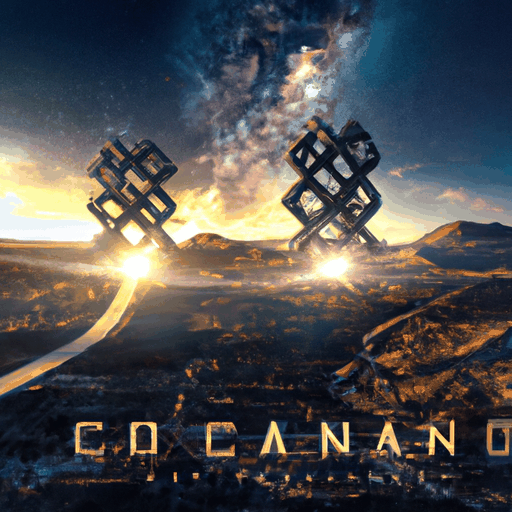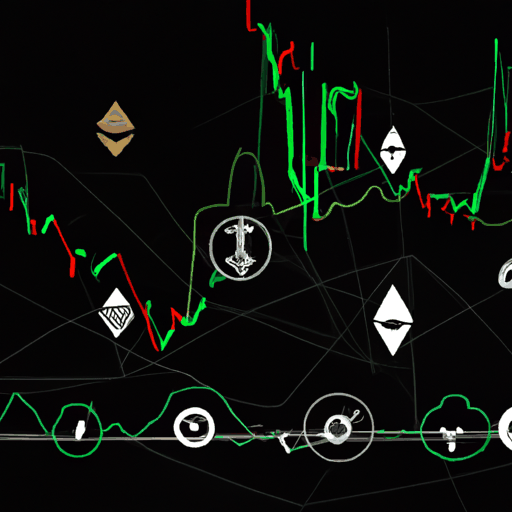
Cardano Node 9.0.0 Launch Sets Stage for Chang Hard Fork
By: Eliza Bennet
The Cardano network has made significant strides with the recent launch of Node 9.0.0 on July 8. This major upgrade includes important changes for the Conway ledger era, such as on-chain governance via CIP-1694, support for Plutus v1 reference scripts, and Plutus script signature support through CIP-69.
In a social media update, Cardano founder Charles Hoskinson emphasized the pivotal role of Node 9.0.0 in preparing for the upcoming Chang hard fork. He stated, "Node 9.0.0 basically means Cardano has the best, the most decentralized and I hope the most effective decentralized government in the entire cryptocurrency industry."
However, Hoskinson highlighted that Stake Pool Operators (SPOs) need to test and upgrade their nodes independently before the network can proceed with the hard fork. Once at least 70% of SPOs have upgraded, a date for the Chang hard fork will be set. Currently, data from Cardanoscan reveals that exchanges and stake pools still require further preparations for the hard fork.
The Chang hard fork is a crucial milestone aimed at transitioning project ownership from Cardano Foundation, EMURGO, and Input-Output Global to the community. This transformation will establish a self-sustaining network with features such as on-chain voting and participant rights. During this era, Delegate Representatives (DReps) elected by Cardano token holders will draft a Cardano Constitution to serve as the network's supreme law. Hoskinson believes this advancement will make Cardano the most scalable ecosystem within the next two years.
On a different front, North American Bitcoin miner Hut 8 has expanded its energy infrastructure with a 205-megawatt site in West Texas, boosting their capacity to 1.3 gigawatts. This expansion comes after a $150 million investment from Coatue. The site, located near a wind farm and connected to the Electric Reliability Council of Texas (ERCOT) grid, offers access to low wholesale power prices, making it ideal for high-density computing applications.
Hut 8's CEO Asher Genoot remarked on the firm's regulatory navigation expertise and differentiated approach in securing new energy capacity. This project comes amid a decline in Bitcoin miners' earnings, yet Hut 8 reported growth in Bitcoin production last month, producing 107 BTC in June compared to 91 BTC in May.
Meanwhile, the US House Armed Services Committee's latest National Defense Authorization Act (NDAA) draft for fiscal year 2025 includes provisions for exploring blockchain technology in national security and defense. The Senate Armed Services Committee advanced this draft to the Senate floor on July 9. This initiative continues the trend started in 2018 when blockchain was first mentioned in the NDAA. The Department of Defense has been tasked to investigate the benefits and risks of blockchain applications in supply chain management and cybersecurity by April 2025.
Additionally, on-chain data highlights that the Bitcoin Market Value to Realized Value (MVRV) ratio is at a significant retest level, which has historically influenced BTC's price movements. Recently, Bitcoin's MVRV ratio has declined since its March 2023 all-time high, but it remains above 1, indicating that holders are still in profit. The 365-day simple moving average (SMA) of the MVRV ratio currently acts as a crucial support level; if it holds, Bitcoin could see a bullish phase ahead.



